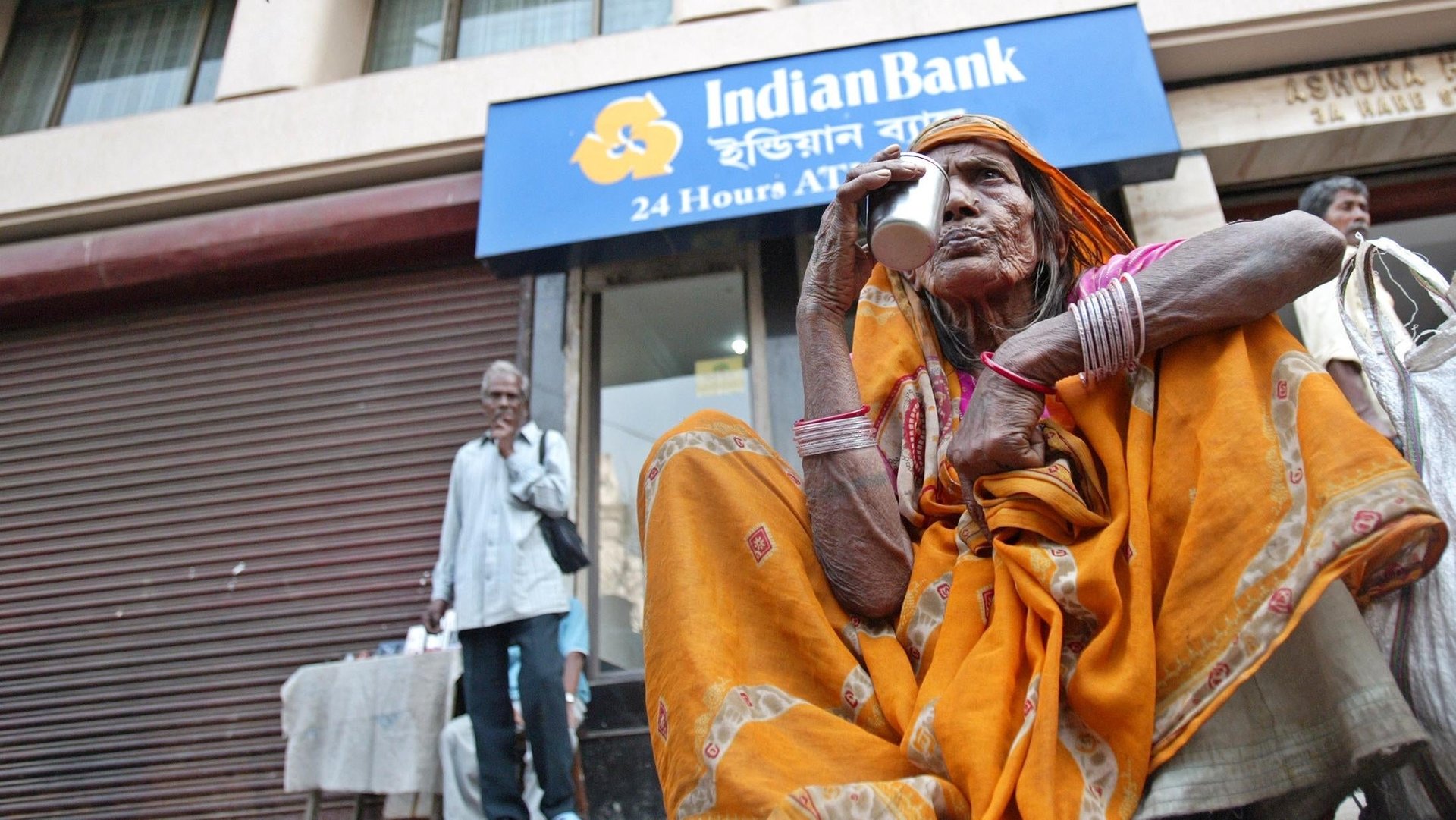India is taking digital banking to the poor with a new initiative
Prime Minister Modi has launched the digital banking unit initiative involving government and lenders.

India has taken another step towards financial inclusion and strengthening digital banking in the country.
Indian prime minister Narendra Modi yesterday (Oct. 16) launched 75 digital banking units (DBUs) across 75 districts of the country.
DBUs are brick-and-mortar outlets with minimal staff. They will provide a variety of facilities like opening savings accounts, printing passbooks, transferring funds, and investing in fixed deposits, apart from applying for loans and credit and debit cards.
Eleven public sector banks, 12 in the private sector, and one small-finance lender are participating in the initiative.
DBUs were announced by finance minister Nirmala Sitharaman in her 2022-23 union budget speech earlier this year.
These units will “further financial inclusion” and “significantly improve banking experience for the citizens,” Modi said. “DBU is a big step in the direction of Ease of Living for the common citizens...,” he said.
The Reserve Bank of India (RBI) has also extended its flagship payment service—the Unified Payments Interface or UPI—to feature phones.
“India’s digital stack for payments is now available on smart and feature phones...With the advent of 5G and IoT the concept of DBUs will be more potent in providing financial inclusion for Bharat with Video KYC, scanning of documents, printing statements and secure banking with Aadhaar token-based authentication and other tokenization-based methods,” Rajesh Mirjankar, managing director and CEO of digital banking solutions company Kiya.ai said.
Competition with neo-banks
Several fintech firms such as Jupiter, Fi Money, Niyo, Razorpay X, operate as neo-banks that offer digital banking services in partnership with non-banking financial companies (NBFCs).
In the past year, these neo-banks have found untapped opportunities in various customer segments, including tier-2 and 3 rural areas. Product innovation, an area that these new lenders are spearheading, hasn’t been the conventional banks’ forte.
Experts believe that those banks that do not roll out digital services independently can now partner with neo-banks on this front.